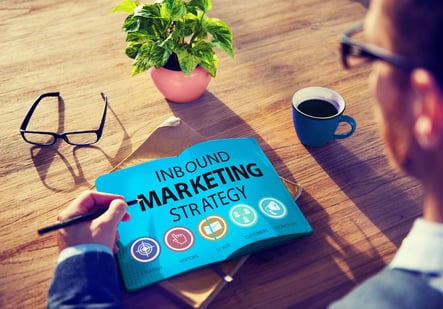
There’s been plenty of hype about inbound marketing and the benefits it can provide to business owners savvy enough to use it.
But for many of us, “inbound marketing” is a foreign term. What’s it all about? What makes it so popular with online brands?
What is inbound marketing?
Think of traditional advertisements as we know them today. Cold-call telemarketing. Billboards. TV commercials. All of these marketing strategies are based on a simple idea: Reach out to customers and entice them with a product. Fine in theory, but outdated in today’s digital world.
Inbound marketing is cut from a different cloth. Unlike traditional outbound advertising, inbound marketing isn’t about poking customers and bugging them for attention – it’s about making customers want to come to you.
Flipping the script on traditional marketing
Making customers want to seek out a brand has always been the goal of marketing, but it wasn’t until the advent of the internet that true inbound marketing was brought to life. Inbound strategies involve building continual value for a market through the creation of relevant and useful content. This content varies from brand to brand, usually including blogs, whitepapers, newsletters, and eBooks.
Research by the Content Marketing Institute shows that B2B marketers, on average, employ 13 different inbound strategies as part of their marketing outreach.
Essentially, inbound marketing leverages the access of the internet and consumers’ growing propensity to research products online to create a cost-effective and engaging way to interact with prospects.
Unlike traditional ads that make a quick pitch and try to force a sale, inbound marketing works by targeting consumers throughout each stage of the buying cycle:
- Awareness: Prospects are aware they have a problem. They’re feeling the pain and are starting to look into possible solutions.
- Consideration: Prospects have done some basic research and are comparing their options.
- Purchase: Prospects have concluded their research and are ready to take the plunge and purchase from the company best suited to meet their needs.
By creating specific forms of content for each stage of this buyer journey, companies that leverage inbound marketing can achieve higher conversions (and far lower costs) than those sticking with traditional outbound ads.
Data by Hubspot shows that inbound oriented businesses experience a 61 percent lower cost per lead than those using old-fashioned advertisements.
The power of inbound strategies
So, why are inbound strategies so much more effective than outbound?
It’s because we, as consumers, are tired of being sold to. We’re weary of brands throwing their products in our faces. The data shows that 92 percent of Americans ignore at least one type of ad seen daily across six different media channels.
Inbound marketing doesn’t push: It involves creating value that draws consumers in on their own terms. They don’t feel pressured to buy and are free to explore the world of value your brand has to offer. This freedom builds consumer trust – a key ingredient in their eventual decision to purchase.
The bottom line is that inbound marketing is cheaper. It’s more effective at engaging with audiences. And it’s easier to customize to suit the needs of a diverse market. Inbound marketing is hyped for good reason: It’s the best way to engage in the digital age.

